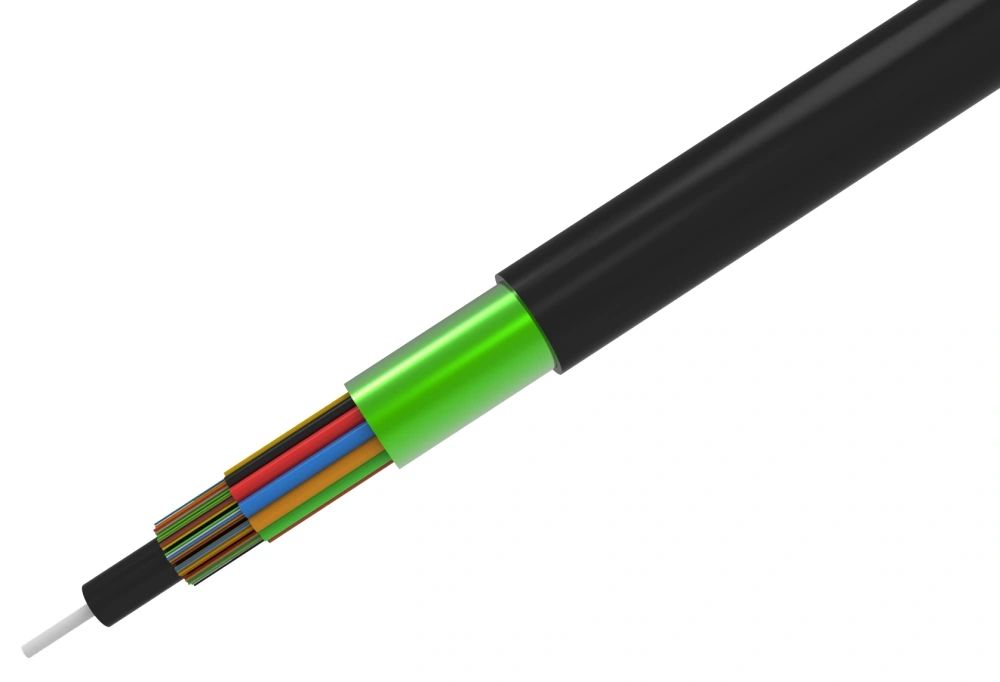Ensuring Optimal Flame Retardancy and Safety for Indoor Optical Cables

Indoor optical cables are commonly used to transmit data and signals in various indoor environments. Ensuring their flame retardant performance and safety is of utmost importance to prevent potential hazards and protect both people and property. This article provides comprehensive guidelines for evaluating the flame retardant performance and safety of indoor optical cables.
1. Flame Retardant Performance Assessment
To assess the flame retardant performance of indoor optical cables, the following aspects should be considered:
a) Flame Retardant Materials: Opt for cables manufactured using flame retardant materials. These materials should comply with relevant safety standards and regulations, such as UL 1666.
b) Fire Resistance: Evaluate the cable's ability to resist fires and prevent the spread of flames. This can be achieved by subjecting the cable to fire resistance tests, including the vertical flame test and smoke density test.
c) Low Smoke Emission: Cables should emit low levels of smoke when exposed to fire. Conduct smoke density tests to assess the cable's smoke emission characteristics.
d) Non-Toxicity: Ensure that the cable does not release toxic gases or harmful substances when exposed to fire. Toxicity tests, such as the acid gas emission test, should be conducted accordingly.
2. Safety Assessment
When evaluating the safety of indoor optical cables, it is essential to consider the following factors:
a) Mechanical Safety: Evaluate the cable's mechanical strength, including its tensile strength, crush resistance, and flexibility. This will ensure that the cable can withstand various installation conditions without compromising safety.
b) Electrical Safety: Assess the cable's electrical insulation properties, including its voltage rating, insulation resistance, and breakdown voltage. This will prevent electrical hazards and ensure safe operation.
c) Environmental Safety: Consider environmental factors, such as temperature and humidity, and assess the cable's ability to withstand these conditions without compromising performance or safety.
3. Installation and Maintenance Guidelines
Proper installation and maintenance practices are crucial for ensuring long-term flame retardant performance and safety of indoor optical cables:
a) Correct Installation: Follow the manufacturer's guidelines for proper cable installation, including the use of appropriate connectors, cable supports, and bending radius. This will minimize the risk of damage and maintain optimal cable performance.
b) Regular Inspections: Regularly inspect cables for any signs of wear, damage, or degradation. Promptly address any issues to prevent potential safety hazards.
c) Proper Cable Management: Implement effective cable management strategies, such as cable trays and ties, to prevent cable entanglement or accidental damage during maintenance or upgrades.
Conclusion
By following these guidelines, a comprehensive assessment of the flame retardant performance and safety of indoor optical cables can be conducted. This will ensure the selection and use of cables that meet the necessary fire safety standards and regulations, providing optimal protection in indoor environments.



